AIMS
- To introduce my new puppy (which one should I choose?)
- Critical research report drafts (work in progress) and final submission timetable.
- ARE YOU STRESSED? PAGES.
1. MY NEW PUPPY
Which one should I choose tonight?!?
Which one should I choose tonight?!?
2. CRITICAL RESEARCH REPORT DRAFTS (WORK IN PROGRESS) AND FINAL SUBMISSION TIMETABLE
All drafts and reflective blog links to be emailed to me by 5pm today.
[email protected]
DRAFT FEEDBACK TUTORIALS
5 December = Natalie, Katy, May, Sujana, Jess
12 December = Sophie, Claire, Aysha, Sumneema
REFERENCING TUTORIALS - students to present references and bibliography.
9 January = Sophie, Claire, Aysha, Sumneema
16 January = Natalie, Katy, May, Sujana, Jess
CRITICAL RESEARCH REPORT AND REFLECTIVE BLOG FINAL SUBMISSION = 30 JANUARY
STUDENTS WHO HAVE BEEN ASSESSED AS EXPERIENCING A SPECIFIC LEARNING DIFFICULTY i.e. DYSLEXIA/DYSPRAXIA HAND IN = 13 FEBRUARY.
STUDENTS WHO WISH TO MAKE USE OF THE EXTRA TIME NEED TO INFORM STAFF NOW!
FEBRUARY/MARCH = RESEARCH FILE TO BE SUBMITTED WITH RESEARCH PRESENTATION.
All drafts and reflective blog links to be emailed to me by 5pm today.
[email protected]
DRAFT FEEDBACK TUTORIALS
5 December = Natalie, Katy, May, Sujana, Jess
12 December = Sophie, Claire, Aysha, Sumneema
REFERENCING TUTORIALS - students to present references and bibliography.
9 January = Sophie, Claire, Aysha, Sumneema
16 January = Natalie, Katy, May, Sujana, Jess
CRITICAL RESEARCH REPORT AND REFLECTIVE BLOG FINAL SUBMISSION = 30 JANUARY
STUDENTS WHO HAVE BEEN ASSESSED AS EXPERIENCING A SPECIFIC LEARNING DIFFICULTY i.e. DYSLEXIA/DYSPRAXIA HAND IN = 13 FEBRUARY.
STUDENTS WHO WISH TO MAKE USE OF THE EXTRA TIME NEED TO INFORM STAFF NOW!
FEBRUARY/MARCH = RESEARCH FILE TO BE SUBMITTED WITH RESEARCH PRESENTATION.
3. ARE YOU STRESSED? PAGES
See above...
See above...
CONCLUSION
See also from Barbara Pym:
See also from Barbara Pym:
“After all, academic research is not everything.” (Pym, 2009, p.62).
WHAT HAVE YOU LEARNED?
WHAT HAVE I LEARNED?
Get a puppy
http://www.youtube.com/watch?v=sIgiMZce8e0
http://www.youtube.com/watch?v=6jJPzMgfbEc
http://www.youtube.com/watch?v=GizOlkCq7us
WHAT HAVE I LEARNED?
Get a puppy
http://www.youtube.com/watch?v=sIgiMZce8e0
http://www.youtube.com/watch?v=6jJPzMgfbEc
http://www.youtube.com/watch?v=GizOlkCq7us
REFERENCE
Pym, B. (2009) Some tame gazelle. London: Virago.
Pym, B. (2009) Some tame gazelle. London: Virago.









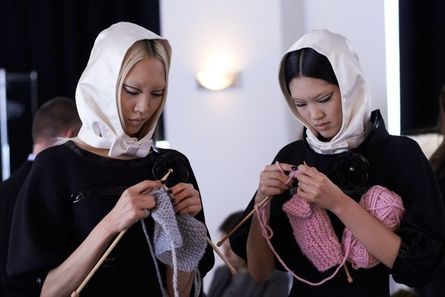

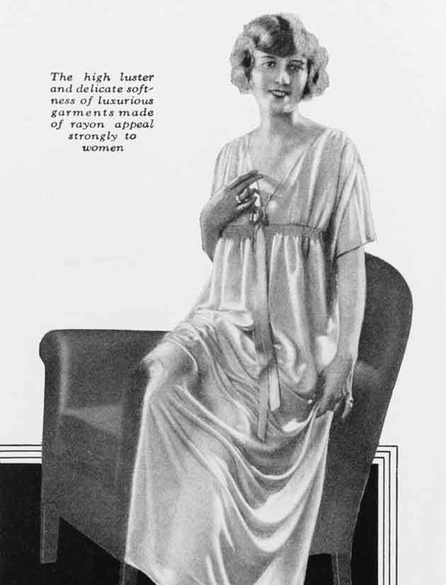
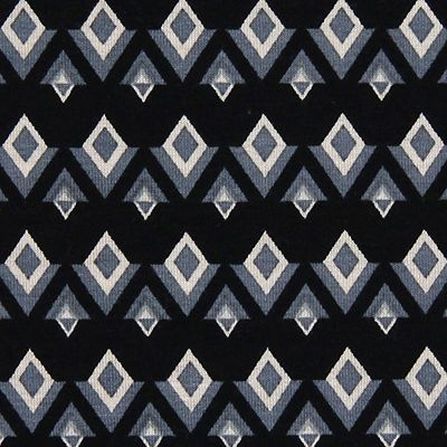


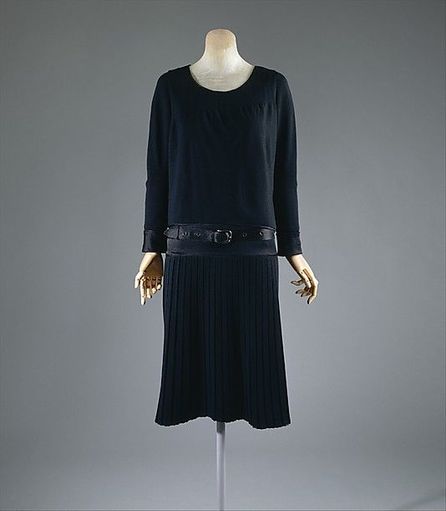
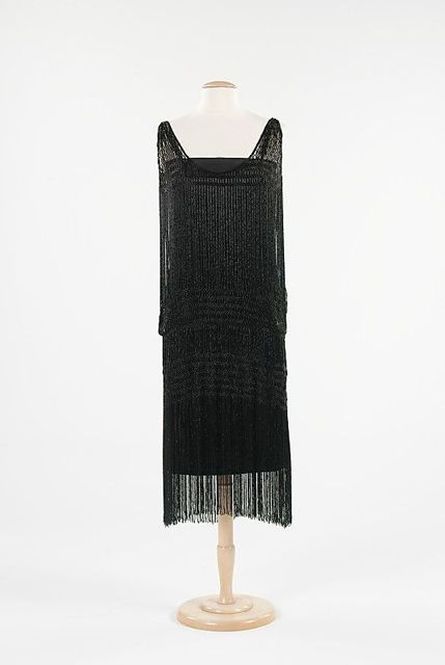
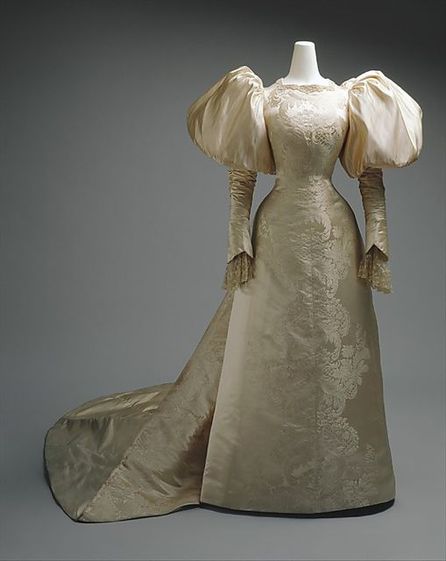
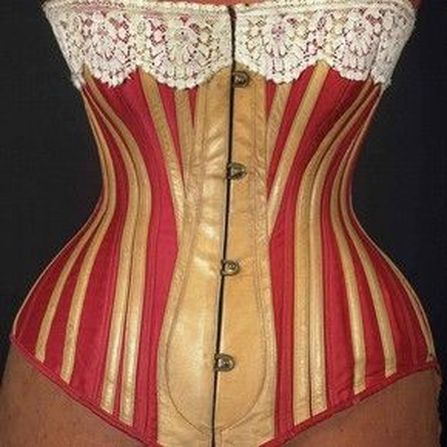
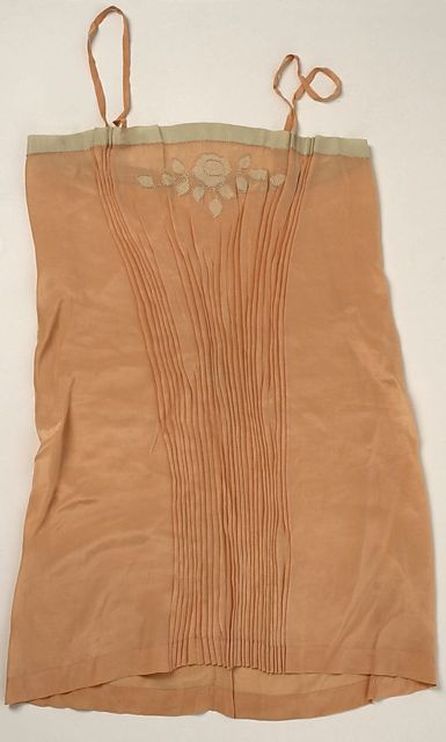


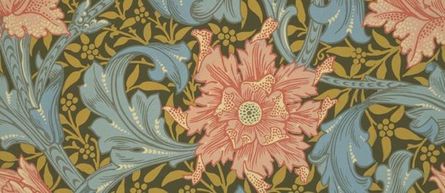
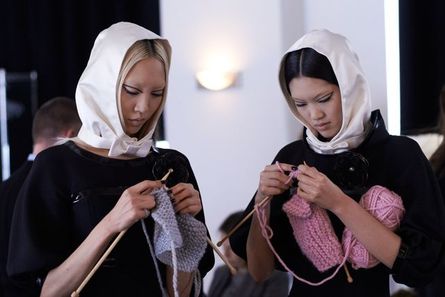
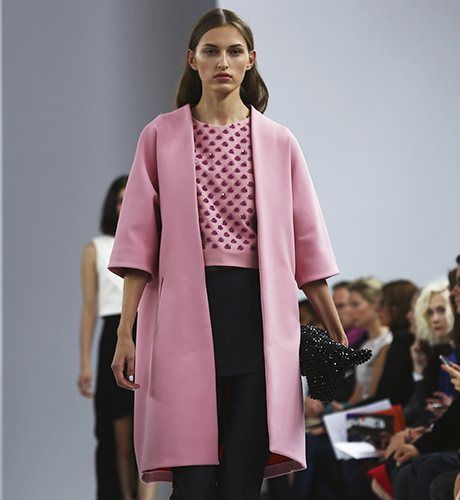

 RSS Feed
RSS Feed
